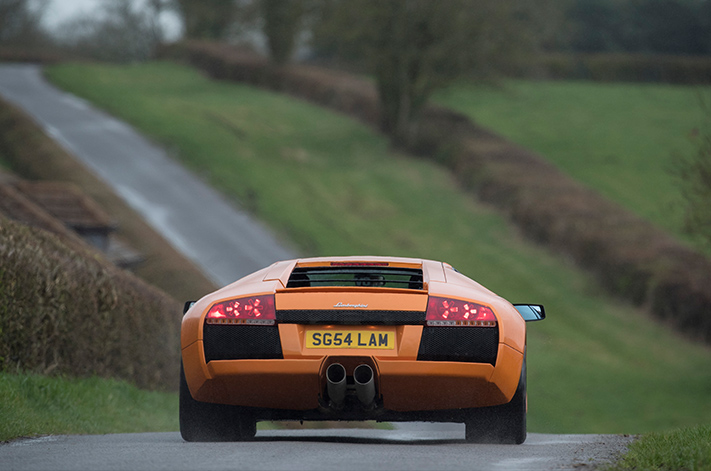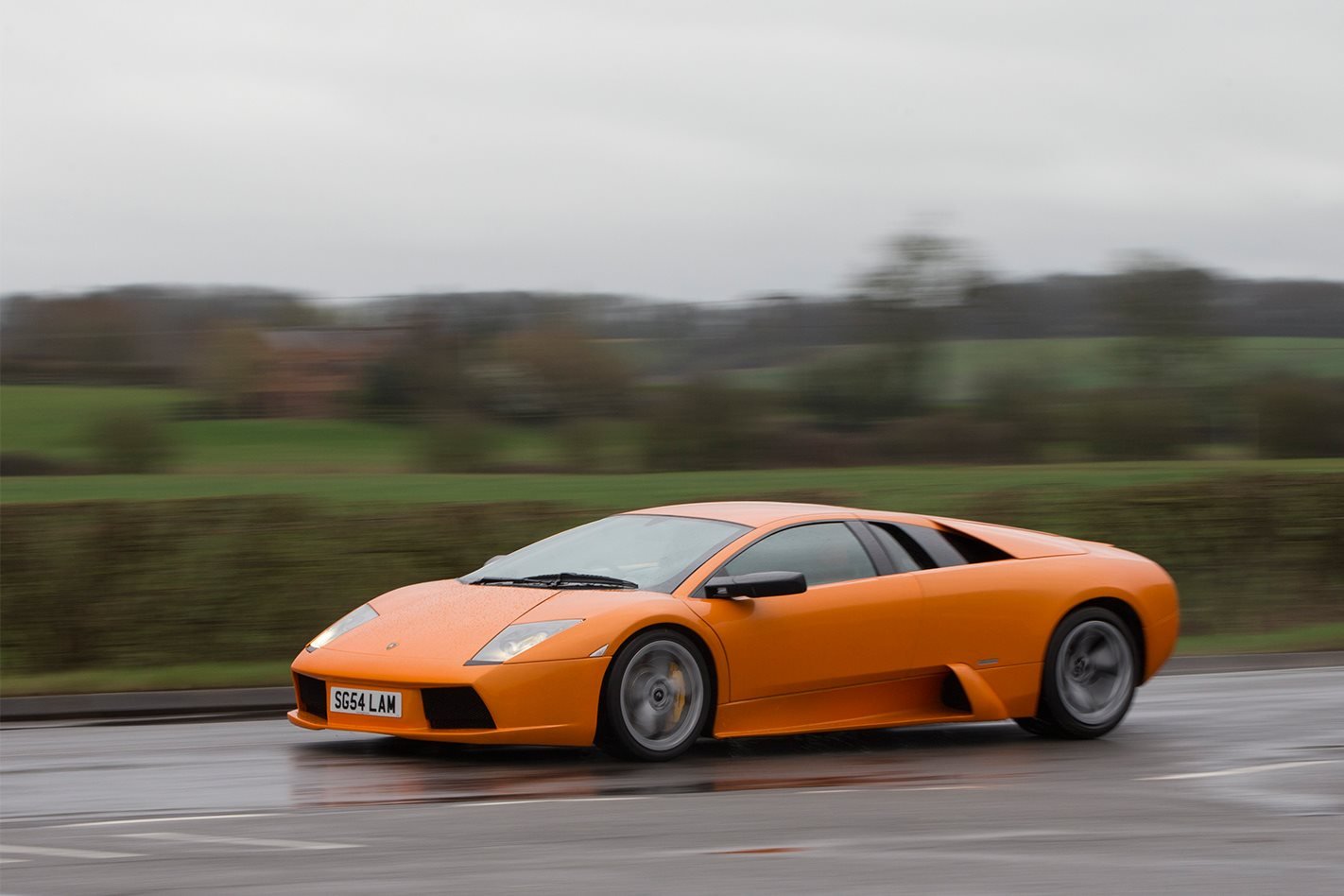DESPITE being designed for driving pleasure, supercars tend to get much less use than pretty much anything else.
With that in mind, meet the antidote to the cherished low-mileage garage queen – this British-registered 2004 Lamborghini Murcielago’s odometer owned up to 258,000 miles, 415,000km, when we drove it two weeks ago. And that total is still rising at a rate that puts many hard-working taxis to shame. Owner Simon George says he wants to take it to at least 300,000 miles before he’s done with the car.
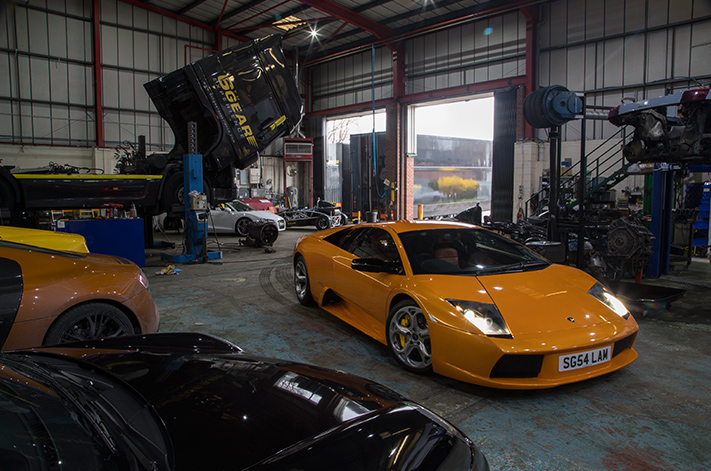
2017 Lamborghini Aventador S review
George originally bought the car with a hefty loan while working as a domestic gas engineer, but quickly realised that he wouldn’t be able to afford it without putting it to work. After a period renting it to a supercar experience company, and serving as instructor as paying drivers hooned his pride and joy, George co-founded his own, 6th Gear Experience, with the Murcielago serving as the pride of the fleet.
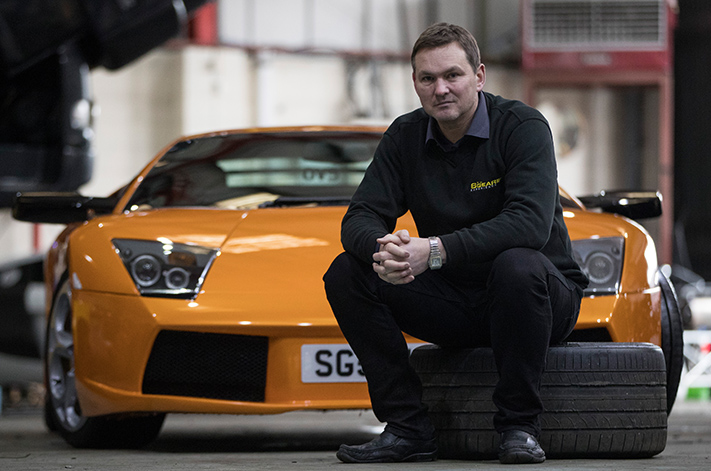
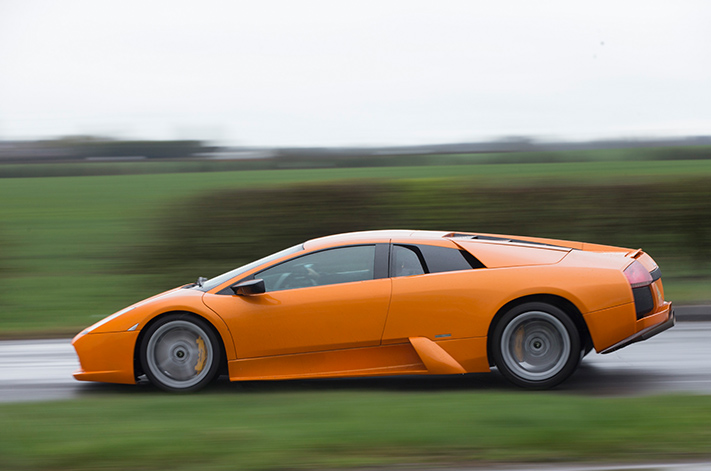
Reliving the ultimate Lamborghini roadtrip
Things got much more expensive in late 2012. A customer lost control of the Murcielago in wet conditions at the Longcross test track – also used by McLaren to shake down its new cars – and the car hit a tree pretty much head-on. “Nobody was hurt, thankfully,” George says, “but the car was a proper mess, the roof was bent and the chassis was warped.”
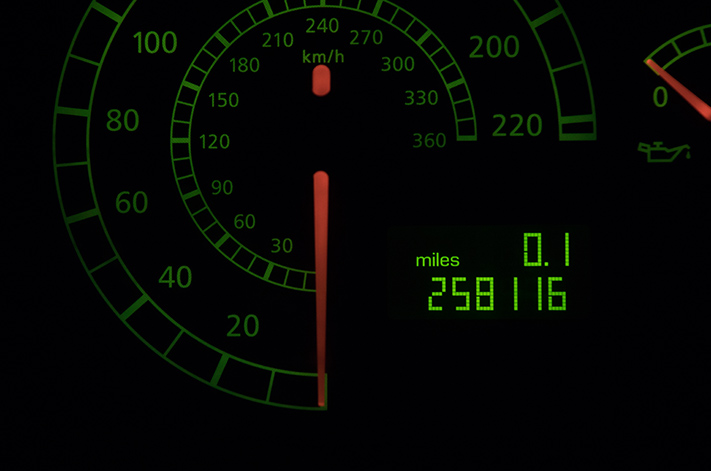
The Murcielago’s mileage is made even more impressive by the fact it stood still for four years. But now freshly rebuilt, it’s back in regular use, retired from front-line duties and turned into George’s personal plaything, most often used for his 300km daily commute from his home in Yorkshire to 6th Gear’s office near Birmingham. He’s also planning journeys to both Scotland and the Lamborghini factory at Sant’ Agata later this year, the latter representing a round trip of 4000km from the UK.

2016 Lamborghini Huracan Spyder review
But it’s the cabin that gives the game away – the ‘MURCIELAGO’ legend embossed in the plastic sill protector worn down by the thousands of backsides that have slid across it, and the logo on the fuel filler release button scratched by the thousands of times it has been pressed.


